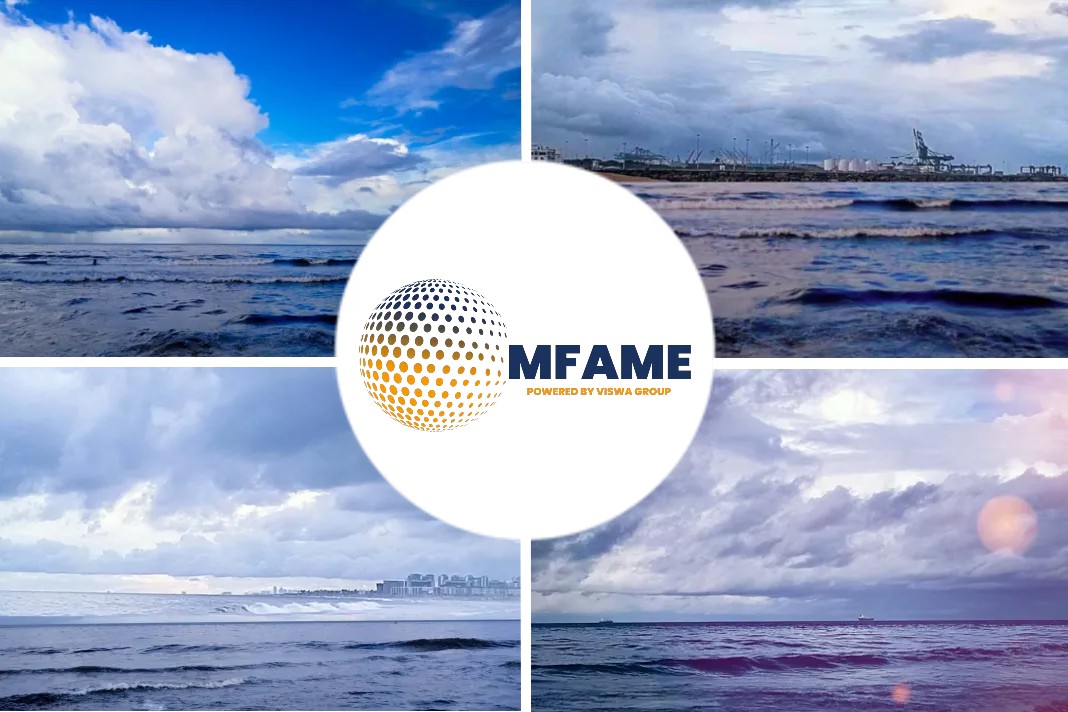PG Protective and Marine Coatings (Pittsburgh, Pennsylvania, USA) and quality assurance and risk management company DNV GL (Oslo, Norway) have collaborated on a study that found vessels performed better after using PPG fouling release and antifouling coatings, reports Tanker Operator.
Study collaboration
The joint study utilized a rigorous hull performance analysis methodology developed by DNV GL to determine the performance of vessels that used PPG coatings.
These vessel types, which included liquified natural gas carriers, bulk carriers, crude oil tankers and cruise vessels, were tested in a variety of operating conditions and exhibited less than 1.5% average speed loss.
Enhanced speed and peformance
In addition, vessels that used PPG Sigmaglide 1290 fouling release coating demonstrated noteworthy improvements in speed and power performance over baseline conditions.
“This study provides additional confirmation that PPG fouling control products contribute to improved vessel performance,” says Tom Molenda, PPG’s global platform director for marine coatings.
PPG chose DNV GL as a partner in this study due to the accuracy of the company’s vessel performance analysis methodology, which incorporates advanced filtering and normalization methods.
Hull and propeller performance
According to PPG, the DNV GL method is more exacting than ISO 19030-1:2016, the standard that outlines general principles for the measurement of changes in hull and propeller performance.
DNV GL recently presented its finding at the 4th annual Hull Performance and Insight Conference in Gubbio, Italy.
PPG offers Sigmaglide and Sigma Sailadvance—the marine hull coatings used in the study—as part of its fouling-control product range.
Did you subscribe to our daily newsletter?
It’s Free! Click here to Subscribe!
Source: Tanker Operator























